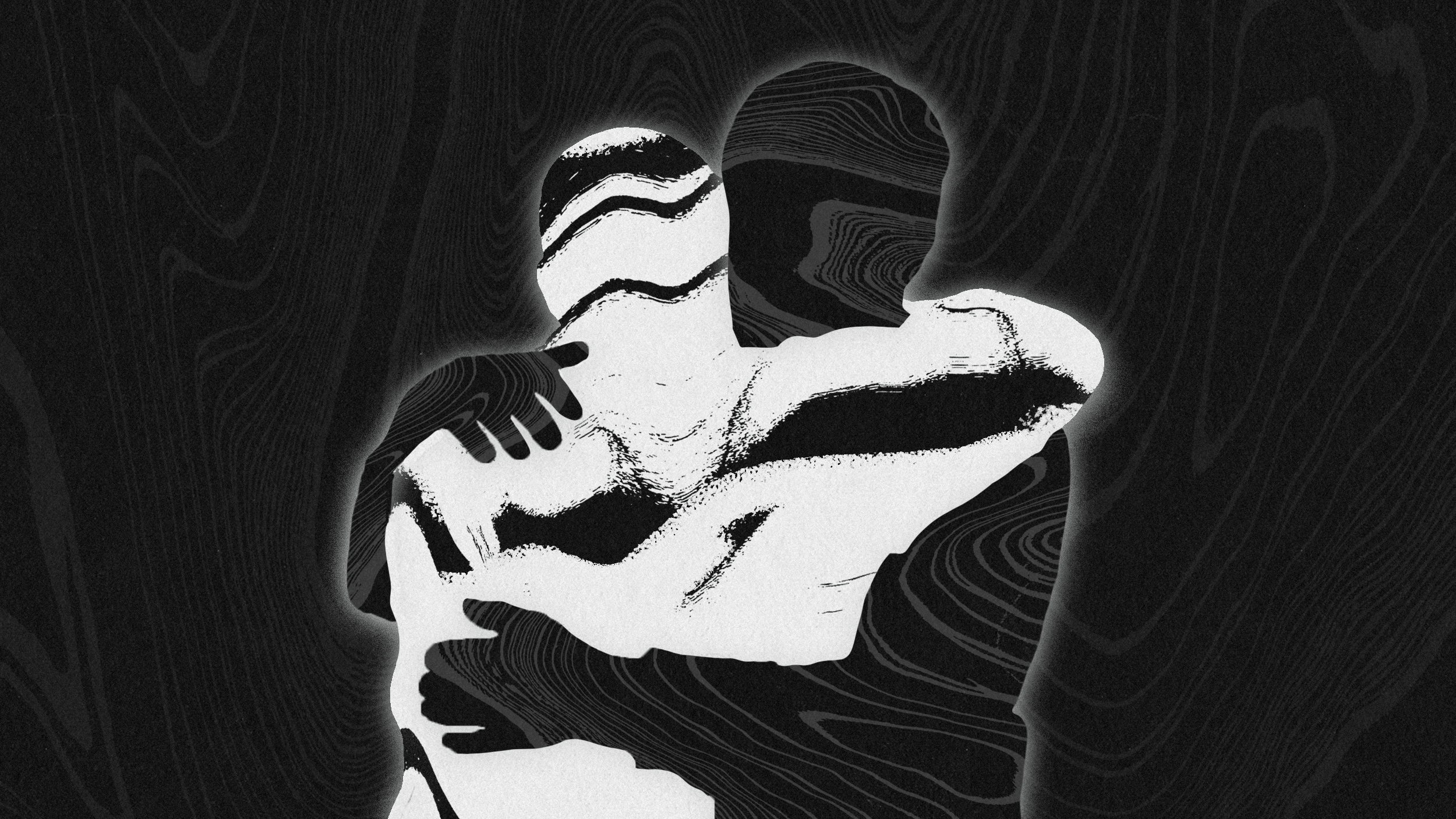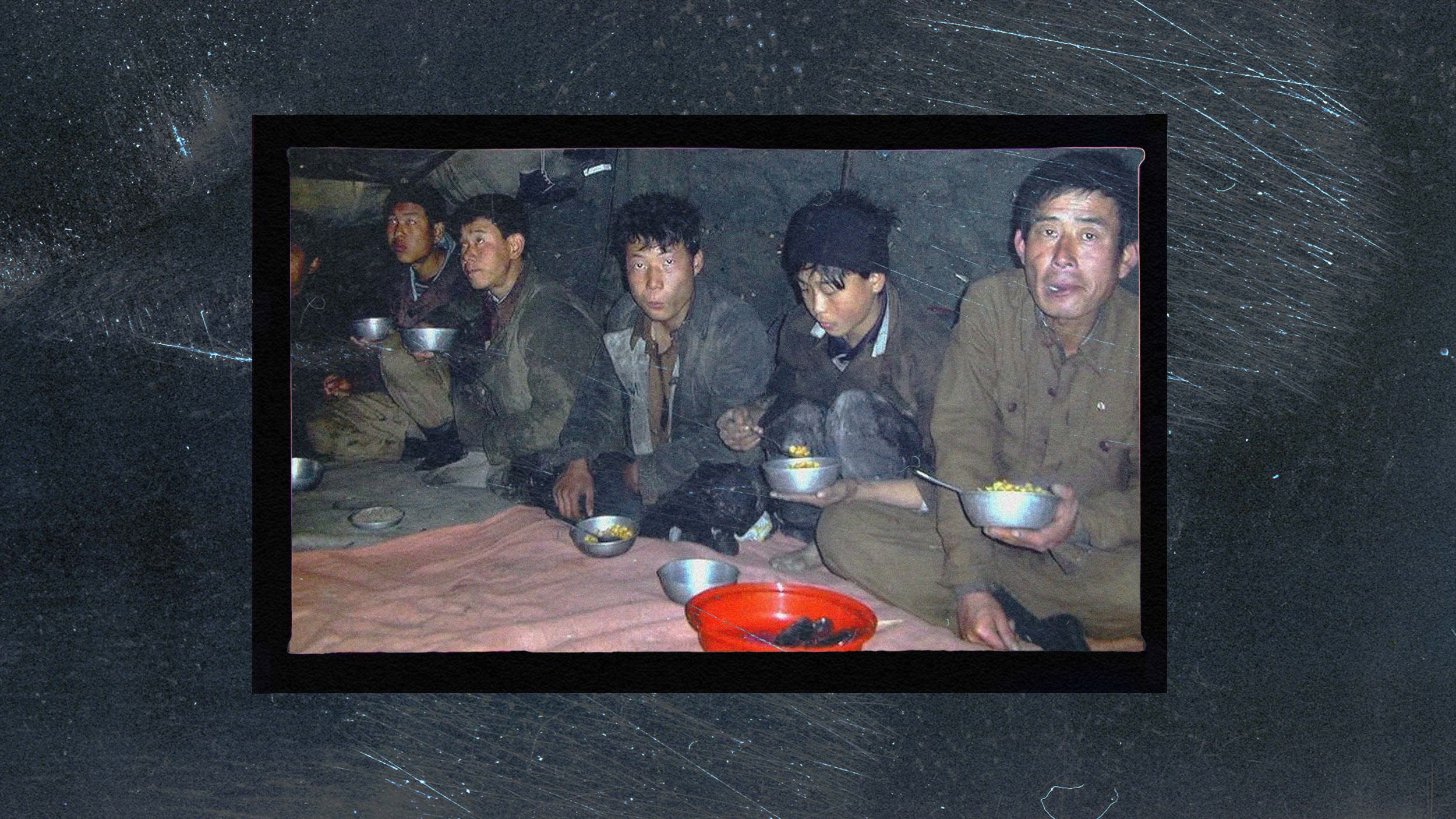Interventions in school years can prevent “deaths of despair”

Credit: Daniel Reche from Pexels
- A decades-long study suggests childhood interventions are effective against deaths of despair.
- The students who had interventions went on to drink less, engage in less risky behavior, and reported less self-harm.
- The findings suggest that similar programs have the potential to save countless lives.
The increase in the number of deaths of despair over the past few years has been catastrophic to some communities and demographics. Among Americans aged 25 to 44, suicide has become the second leading cause of death, liver disease has risen to sixth alongside dangerous drinking habits, and the number of opioid overdoses continues to increase.
There are several factors behind these statistics. The decline of economic opportunity for large swaths of American society, the well-recorded pushing of opioid painkillers on people who didn’t need them, and genetic predispositions towards certain behaviors are among them. However, many studies have shown that there are a number of quite malleable elements that can be the subject of intervention in addition to these external or genetic factors.
A recent study published in the Proceedings of the National Academy of Sciences followed two decades of interventions with at-risk children and recorded their outcomes compared to peers left to their own devices. The findings may offer a partial solution to the crisis.
Studies have found that there are “behaviors of despair,” such as a tendency towards suicidal ideation or substance abuse, which can lead to deaths of despair later. These behaviors are predicted by other factors, such as impulsivity or a lack of healthy stress coping mechanisms. In principle, these factors can be addressed by intervention programs. If these behaviors are controlled or prevented at the source, then the later deaths can be prevented as well.
Since many of these factors arise in childhood, the researchers started there with a program that aims to give children the skills needed to avoid developing behaviors of despair in the first place.
The program they used, Fast Track (FT), is an intervention program centered around the idea that multiple factors can leave a child without the social skills, academic preparedness, or ability to regulate the behavior that can help prevent them from having issues later in school and as young adults.
Starting with at-risk children in kindergarten in 1991, the researchers identified children in participating schools that scored high on a diagnostic for aggressive behavior in the classroom. These children and their parents were sorted into control and experimental groups. Those in the experimental group got the whole package of interventions. These focused on building the student’s social skills, reducing their impulsivity, helping the parents form a more positive relationship with their child, and in-school interventions to help the student succeed.
Check-ins and tests followed over the subsequent years, in hopes of determining the success of the interventions.
The results were dramatic. There was an immediate reduction in aggressive or disruptive behaviors at home and school. While these benefits seemed to decline as the children reached middle school, they returned as they reached high school.
Later on, when the students began to report their drug and alcohol use, those who had interventions engaged in hazardous drinking 46 percent less than their peers who had not. Their weekly opioid use was 61 percent lower, and they were much less likely to report suicidal tendencies. These benefits existed for students of all demographic groups.
The children who were in the study are now in their 30s. With any luck, they will do better than many of their peers.
What can we take away from this? That a long-term, holistic program aimed at giving students the skills they need to succeed may help prevent many of the behaviors of despair, which can lead to adverse life outcomes. The authors argue that the program’s long-term nature, up to 10 years in some cases, was vital to its success. Additionally, they say that the program’s multifaceted approach, especially when focusing on interpersonal relationships, allowed it to help the students overcome challenges that could have driven them to drug use or self-harm:
“…our findings suggest that prevention programs aimed at facilitating the solid acquisition of key social, behavioral, and academic skills in children at risk for conduct problems could be one way to reverse the alarming rise in early and midlife mortality due to deaths of despair.”
The findings are not nationally representative, though they include results for a diverse group of students from across the country. While the authors maintain that the results are generally applicable, it remains possible that some detail could arise in a more comprehensive study that was not seen here. The study could not control genetic predispositions to despair, perhaps causing the results to skew one way or the other.
Despite these limitations, the study’s basic findings are likely generally applicable. Additionally, it supports previous studies that suggest that these interventions’ focus should be on helping the children acquire specific academic, social, and behavioral skills.
While teaching at-risk students social skills and helping them in school won’t end the crisis we find ourselves in by itself, this study offers us a powerful tool for saving lives. Let us hope that it will be used alongside more comprehensive efforts to make life better for everyone.
If you are having suicidal thoughts, help is available. The Suicide Hotline can be reached at 1-800-273-8255.





